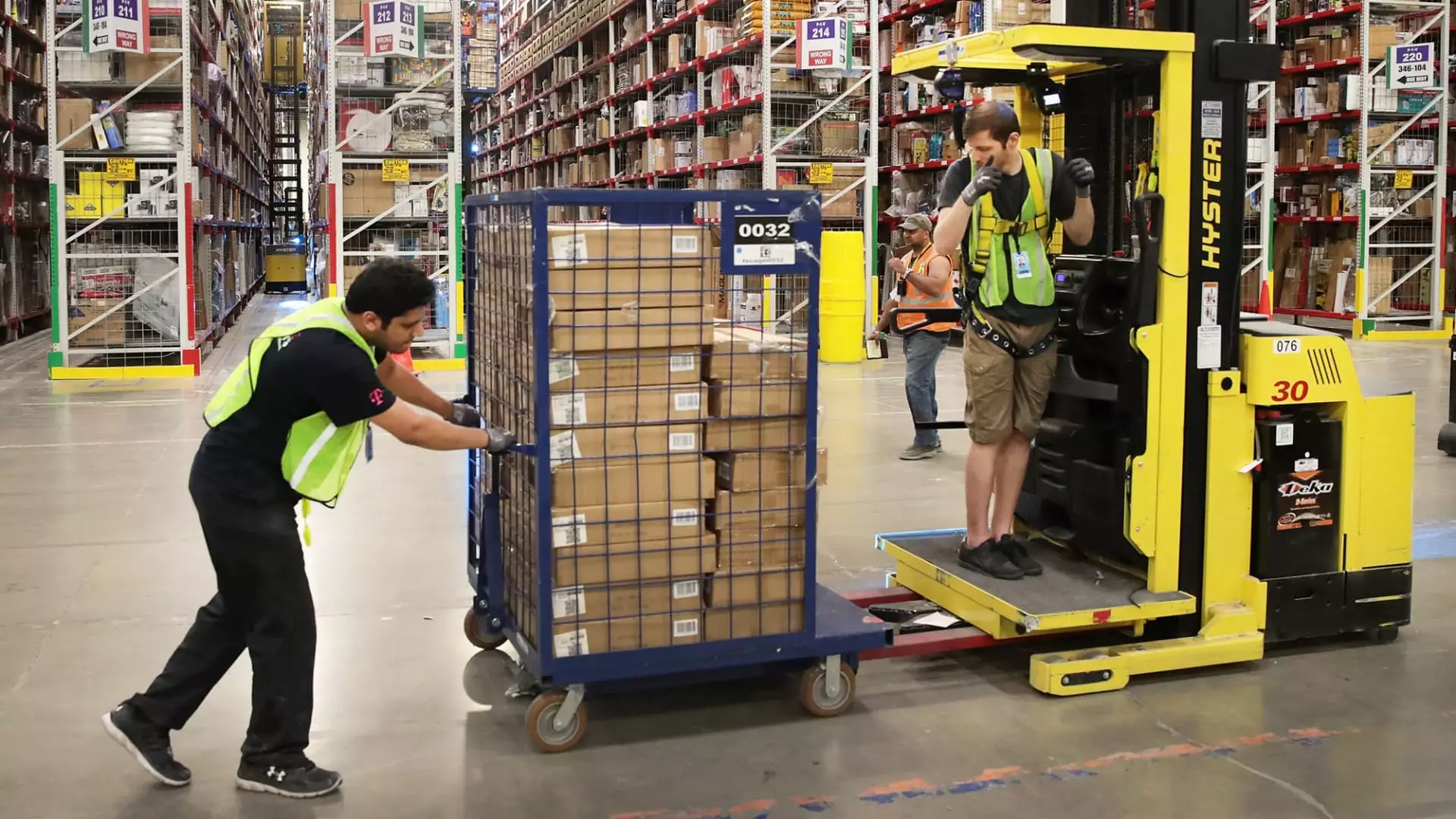Productivity quotas in warehouse settings have come under increased scrutiny in recent years, particularly in light of their potential impact on the health and safety of workers. Senator Ed Markey recently introduced the Warehouse Worker Protection Act, a groundbreaking piece of legislation aimed at regulating the use of productivity quotas by employers like Amazon. This article will delve into the implications of productivity quotas on warehouse workers and the significance of this new bill.
The use of productivity quotas in warehouses, such as the “time off task” metric employed by Amazon, has been criticized for pushing employees to work faster and for longer periods without adequate breaks. Critics argue that these quotas can lead to increased risk of injury and create a stressful work environment for workers. The lack of transparency surrounding these quotas and the potential disciplinary actions taken against employees who fail to meet them only exacerbates these concerns.
Senator Markey’s Warehouse Worker Protection Act seeks to address these issues by requiring employers to provide more transparency regarding workplace quotas and disciplinary consequences. The bill also mandates that employees be given advance notice of any changes to quotas or workplace surveillance. Additionally, the legislation aims to ban the use of “harmful quotas” like the time off task metric, which has been heavily criticized for its impact on worker well-being.
Amazon, as one of the largest employers in the U.S., has been at the center of this debate due to its use of productivity quotas in its warehouse and delivery operations. While the company has denied using fixed quotas, employees have reported feeling pressured to meet performance expectations that are often set by algorithmic calculations. Workers have expressed concerns about the lack of breaks and the stringent nature of these quotas, which they argue contributes to a challenging work environment.
The Occupational Safety and Health Administration (OSHA) has raised concerns about the safety hazards faced by Amazon employees, particularly in relation to the pace of work expected of them. Investigations by OSHA, the U.S. Attorney’s Office, and the Department of Justice are currently underway to assess conditions at Amazon warehouses and determine if injuries are being underreported. These investigations highlight the gravity of the situation and the need for greater oversight of productivity quotas in the workplace.
The use of productivity quotas in warehouse settings poses significant challenges for workers, particularly in terms of their health and well-being. Senator Markey’s Warehouse Worker Protection Act represents a crucial step towards addressing these concerns and ensuring that employees are protected from the harmful effects of stringent quotas. By regulating the use of productivity quotas and promoting transparency in the workplace, this legislation has the potential to improve the working conditions of warehouse workers across the country.


Leave a Reply